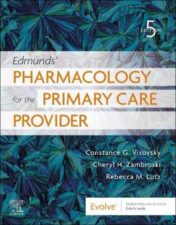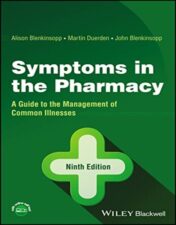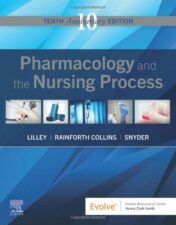Please log in to purchase this product.
Lilley’s Pharmacology for Canadian Health Care Practice, 4th Edition (Original PDF)
Please log in to view the price.
Lilley’s Pharmacology for Canadian Health Care Practice, 4th Edition (Original PDF)
- Popular key drug approach
-
- focuses on the need-to-know content for safe clinical practice and uses a streamlined approach to drug indications, emphasizing only the most common or serious adverse effects.
- Consistent and colourful reader-friendly format utilizes a variety of tables and a practical body systems organization to help you integrate pharmacology content with what you are learning in medical-surgical and adult health nursing courses.
- Focus on prioritization includes prioritized nursing diagnoses along with corresponding prioritization of goals and outcomes, helping readers learn to connect nursing diagnoses to goals and outcomes.
- Evolve companion site is included with new text adoptions and emphasizes active learning for increased reader engagement.
- Cartoon-illustrated study tips on the Evolve companion website cover study, time management, and test-taking tips.
- Wealth of student-friendly learning aids includes approachable text elements such as:
- Case studies
-
- throughout the text that help bring patients to life
- Drug profiles highlighting specific information on commonly used agents
- Pharmacokinetics tables that include “Elimination Half-Life” information for each drug profile
- Patient teaching tips outlining useful patient information specific to each drug group
- Evidence in Practice boxes featuring current research and findings relevant to nursing pharmacology
- Lab Values Related to Drug Therapy summary boxes covering therapeutic levels of various drugs
- Preventing Medication Errors boxes reinforcing concepts introduced in the medication errors chapter and relating them to specific common errors that occur in nursing pharmacology
- Ethnocultural Implications boxes discussing differences to expect among cultural or ethnic groups
- Dosages tables providing instant access to dosages, routes, and indications for individual drugs
- Natural Health Products boxes providing an Overview, Common Uses, Adverse Effects, Potential Drug Interactions, and Contraindications for popular herbal therapies
- Special Populations Considerations boxes highlighting critical points related to drug therapy in children, adolescents, women and older adult patients
- Key points summarizing key pharmacology and nursing content in each chapter
- Legal and Ethical Principles boxes promoting awareness of liability issues and proper professional conduct
- Pharmacokinetic Bridge to Nursing Practice feature covering topics such as heart failure, women’s health issues, iron, and monitoring renal function
- More than 250 full-colour photos and illustrations showing how drugs work in the body and how to administer medications safely and effectively
- Examination review questions in every chapter
- UPDATED! Thoroughly updated drug content
- reflects the very latest Health Canada drug approvals, withdrawals, and therapeutic uses, as well as corresponding updated nursing content.
- NEW! Coverage of current top-of-mind topics includes pharmacology as it pertains to palliative care; the legalization of marihuana for both medical and recreational purposes; issues surrounding the use and misuse of fentanyl and the take-home distribution of naloxone kits used to tackle the growing fentanyl crises; and more.
- NEW! The latest Canadian statistics, research, legislation, regulations, and clinical practice guidelines have been incorporated throughout the text as well as content reflecting the 2017 CNA Code of Ethics, updated references, and more.
- NEW! Additional examination review questions help readers more thoroughly prepare for credentialing exams.
- NEW! Updated case studies better reflect the diverse Canadian population.
- NEW! Expanded visual program incorporates more diagrams, graphs, charts and photos throughout the text to accompany difficult concepts and theories and help facilitate learning.
- NEW! Incorporation of the Truth and Reconciliation Commission of Canada’s Calls to Action in chapters 4 and 7 now covers Indigenous health and healing practices, an explanation of the Indigenous medicine wheel, and alternative medicinal interventions.
Related Products
Pharmacology Books
Pharmacology Books
Recent Advances in Therapeutic Drug Monitoring and Clinical Toxicology (Original PDF from Publisher)
Pharmacology Books
Pharmacology Books
Pharmacology Books
Pharmacology Books
Pharmacology Books
Pharmacology Books
Pharmacology Books
Pharmacology Books
Pharmacology Books
Pharmacology Books
Pharmacology Books
Pharmacology Books
Clinical Psychopharmacology: Principles and Practice (Original PDF from Publisher)
Pharmacology Books
Pharmacology Books
Pharmacology Books
Flaxseed: Evidence-based Cardiovascular and other Medicinal Benefits (Original PDF from Publisher)
Pharmacology Books
Secrets From A Herbalist’s Garden: A Magical Year of Plant Remedies (EPUB)
Pharmacology Books
Drug Design using Machine Learning (Original PDF from Publisher)
Pharmacology Books
Pharmacology Books
Applied Pharmaceutics in Contemporary Compounding, 4e (Original PDF from Publisher)
Pharmacology Books
Pharm Phlash!: Pharmacology Flash Cards, 3rd Edition (Original PDF from Publisher)
Pharmacology Books
Pharmacy Calculations, 6th Edition (Original PDF from Publisher)
Pharmacology Books
Study Guide for Lehne’s Pharmacology for Nursing Care, 11th Edition (Original PDF from Publisher)
Pharmacology Books
Physicians’ Cancer Chemotherapy Drug Manual 2022, 22nd Edition (Original PDF from Publisher)
Pharmacology Books
The Pharmacy Technician Workbook & Certification Review, 7th Edition (Original PDF from Publisher)
Pharmacology Books
Student Workbook for Pharmacology Made Simple (Original PDF from Publisher)
Pharmacology Books
Mosby’s Drug Guide for Nursing Students, 15th Edition (Original PDF from Publisher)
Pharmacology Books
Core Concepts in Pharmacology, 5th Edition (Original PDF from Publisher)
Pharmacology Books
2022 Nurse’s Drug Handbook, 21th Edition (Original PDF from Publisher)
Pharmacology Books
Pharmacology for Paramedics, 2nd Edition (Original PDF from Publisher)
Pharmacology Books
Biomarkers in Nutrition (Biomarkers in Disease: Methods, Discoveries and Applications) (EPUB)
Pharmacology Books
A Guide to Online Pharmacy Education: Teaching Strategies and Assessment Methods (EPUB)
Pharmacology Books
Flaxseed: Evidence-based Cardiovascular and other Medicinal Benefits (EPUB)
Pharmacology Books
Pharmacology Books
Drugs and the FDA: Safety, Efficacy, and the Public’s Trust (EPUB)
Pharmacology Books
Pharmacology Books
Discoveries in Pharmacology – Volume 1 – Nervous system and hormones 2022 Epub+converted PDF
Pharmacology Books
Discoveries in Pharmacology – Volume 1 – Nervous system and hormones 2022 Original PDF
Pharmacology Books
Textbook of Pharmacology – Prasan Bhandari 2022 Original PDF
Pharmacology Books
Pharmacology Books
Pharmacology of Drug Stereoisomers (Progress in Drug Research, 76) 2022 Original PDF
Pharmacology Books
Pharmacology Books
Current Drug Synthesis (Wiley Series on Drug Synthesis) 1st Edition 2022 Original pdf
Pharmacology Books
Pharmacology Books
Phytoantioxidants and Nanotherapeutics 2022 epub+converted pdf
Pharmacology Books
Drugs, Behavior, and Modern Society, 9th Edition 2022 Original PDF
Pharmacology Books
Pharmacology Books
Pharmacology Books
Pharmacology Books
Pharmacology Books
Pharmacology Books
Pharmacology Books
Pharmacology Books
Pharmacology Books
Pharmacology Books
Pharmacology Books
Pharmacology Books
Pharmacology Books
Pharmacology Books
Pharmacology Books
Pharmacology: Connections to Nursing Practice [RENTAL EDITION], 5th Edition 2021 Original PDF
Pharmacology Books
Gray Morris’s Calculate with Confidence, Canadian Edition, 2nd Edition 2021 Original PDF
Pharmacology Books
The Top 100 Drugs: Clinical Pharmacology and Practical Prescribing, 3rd edition 2022 Original PDF
Pharmacology Books
Innovations in Fermentation and Phytopharmaceutical Technologies 2022 Original PDF
Pharmacology Books
Innovations in Fermentation and Phytopharmaceutical Technologies 2022 Epub+converted pdf
Pharmacology Books
Pharmacology Books
Drugs in American Society , 11th Edition 2022 Epub+converted pdf
Pharmacology Books
Pharmacology Books
The Pharmacy Technician Workbook & Certification Review, 7th Edition 2020 Original PDF
Pharmacology Books
Pharmacology Books
Pharmacology Books
Nanocosmeceuticals: Innovation, Application, and Safety 2022 Original PDF
Pharmacology Books
Pharmacology Books
Edmunds’ Pharmacology for the Primary Care Provider, 5th Edition 2022 Original PDF
Pharmacology Books
Drug Delivery Systems for Metabolic Disorders 2022 Original PDF
Pharmacology Books
Drugs in American Society, 10th Edition 2019 epub+converted pdf
Pharmacology Books
Pharmacology Books
Materia Medica of New and Old Homeopathic Medicines, 3rd Edition 2022 Original PDF
Pharmacology Books
Pharmacology Books
Pharmacology Books
Pharmacology Books
Pharmacology Books
Lippincott Photo Atlas of Medication Administration, Seventh Edition 2022 epub+converted pdf
Pharmacology Books
Pharmacology Books
Pharmacology Books
Pharmacology Books
Polymeric Micelles for Drug Delivery (Woodhead Publishing Series in Biomaterials) 2022 Original PDF
Pharmacology Books
Lippincott Illustrated Reviews: Pharmacology, Eighth Edition 2022 epub+converted pdf
Pharmacology Books
Pharmacology Books
Pharmacology Books
Pharmacology Books
Pharmacology and the Nursing Process,10th Edition 2022 Original PDF
Pharmacology Books
Study Guide for Pharmacology and the Nursing Process,10th Edition 2022 Original PDF
Pharmacology Books
Drug Development for Malaria: Novel Approaches for Prevention and Treatment 2022 Original PDF
Pharmacology Books
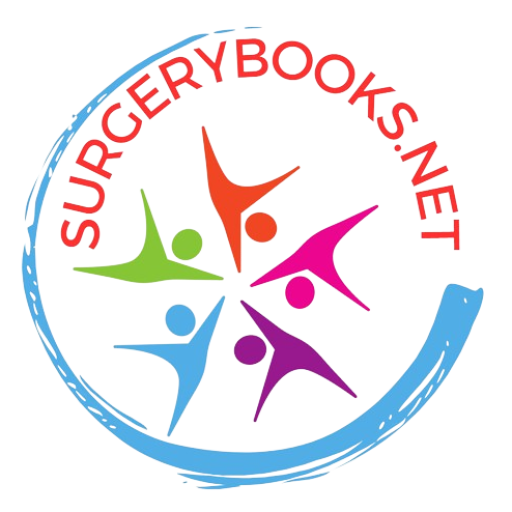
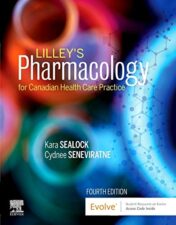
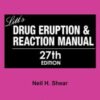
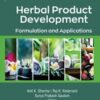

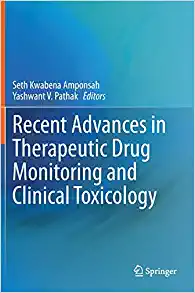
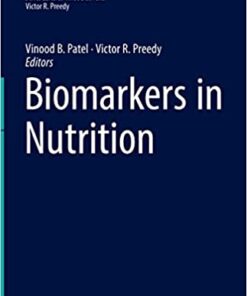
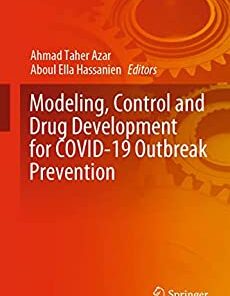
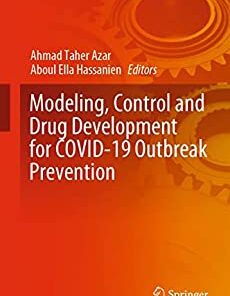
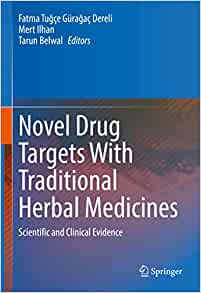
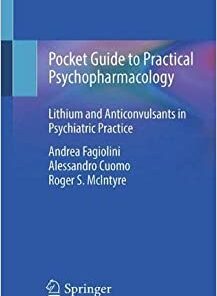
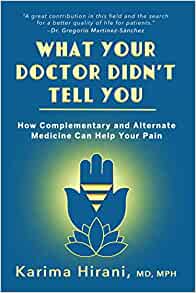
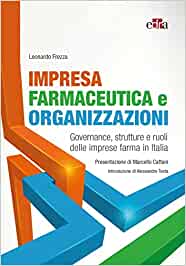
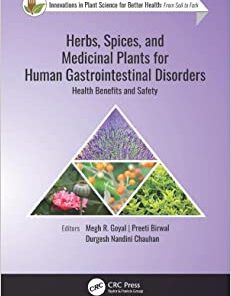
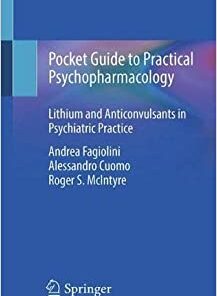
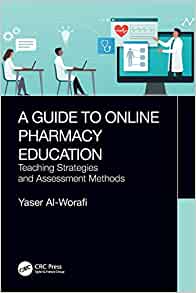
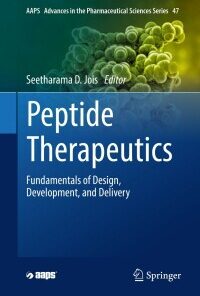
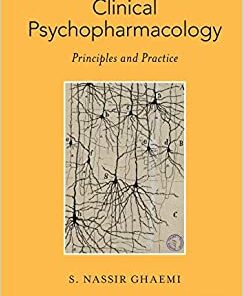
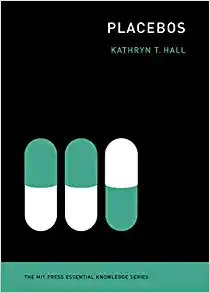
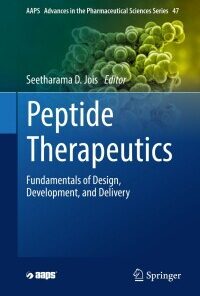
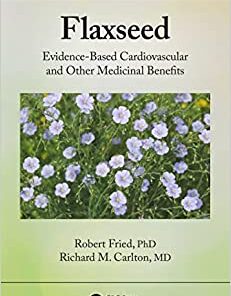

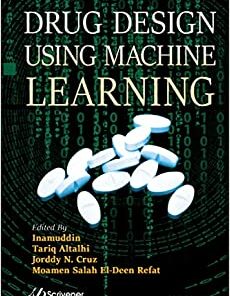
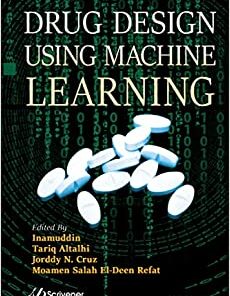
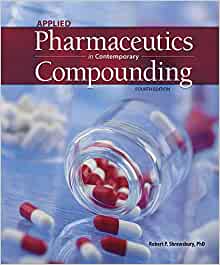
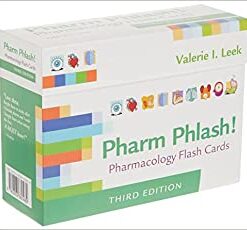
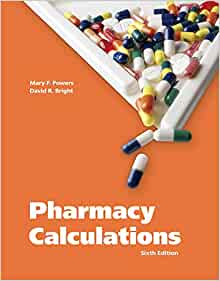
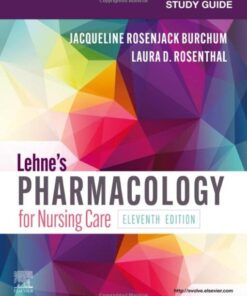
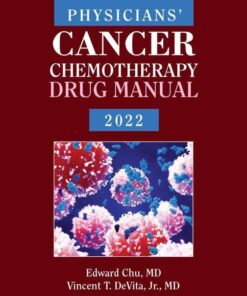
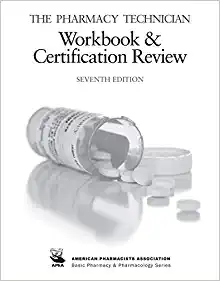
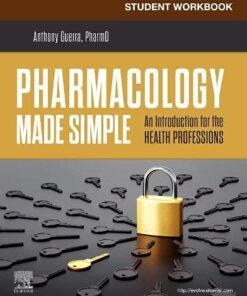
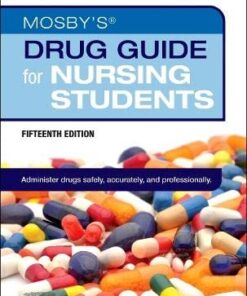
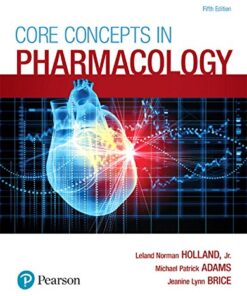
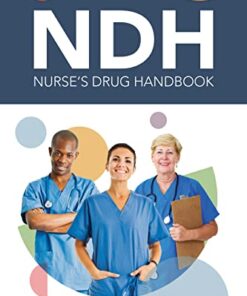
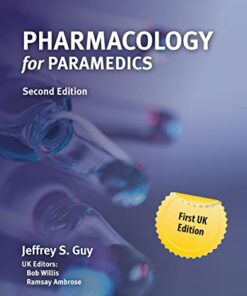
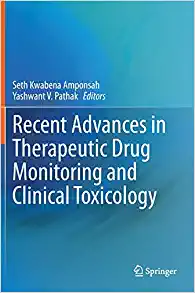
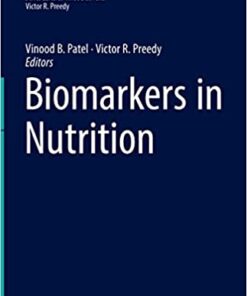
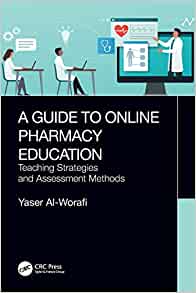
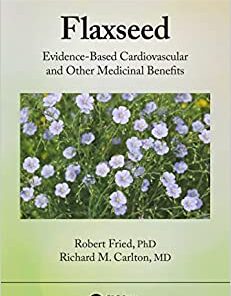
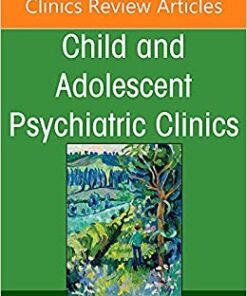
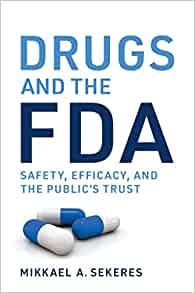
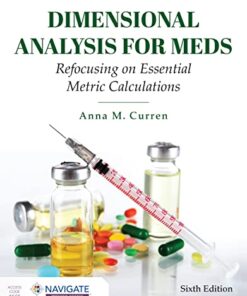



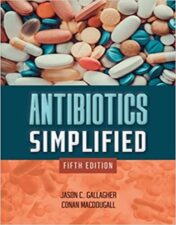










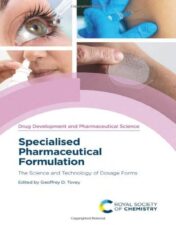




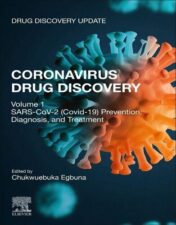




![Pharmacology: Connections to Nursing Practice [RENTAL EDITION], 5th Edition 2021 Original PDF](https://surgerybook.net/wp-content/uploads/2022/09/9780137659166-1-176x225-1.jpg)













